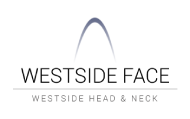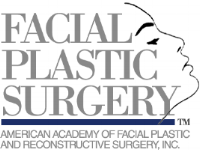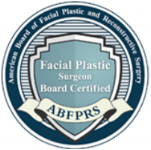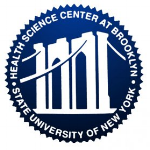As your Los Angeles plastic surgery experts, our team at Westside Face also offers laser skin resurfacing. Laser skin resurfacing is a term used to describe different skin care treatments that a doctor performs using lasers to improve the appearance and texture of damaged skin. Laser skin resurfacing is used to correct a variety of permanent skin issues, and there is a laser and a procedure that is specific to each one. Your dermatologist will work with you to determine the best course of action for your individual needs.
Laser Skin Resurfacing Candidates
Laser skin resurfacing is a procedure that corrects skin issues that are caused by either the sun, acne, or natural aging that are otherwise untreatable with products that are found in stores. Specifically, it works well to restore skin and remove warts, scars, including those caused by acne breakouts, wrinkles, fine lines, such as crow’s feet, and age spots. It can also shrink enlarged oil glands, even out skin tone, and rejuvenate sagging skin. If you suffer from any of these conditions, laser skin resurfacing may be the perfect treatment for you. However, if you have excessively sagging skin, or are in the midst of an active acne breakout, this may not be an appropriate treatment.
Though it has been rumored that the procedure is not best for those with darker skin tones, that is not really the case. While laser skin resurfacing can cause hyperpigmentation, a good dermatologist will know which laser to use on any skin tone to prevent that from happening, so it should not be a concern.
Laser Skin Resurfacing Procedure
In order to decrease the risks for side effects, your skin will need to undergo several preparation treatments before the actual procedure. This starts weeks before, and is done to increase your skin’s tolerance to the laser. Once these preparation treatments are completed, you will get a laser skin resurfacing appointment date.
A topical anesthetic will be applied to the treatment area. Anesthesia is unnecessary, and a pain killer or sedative will only help if the treatment area is larger than usual. Afterward, the doctor will cleanse the area of bacteria, oil, and dirt.
Your doctor will select a laser based on your personal needs. There are two major types, ablative lasers, which include carbon dioxide, or Erbium lasers. Ablative lasers can remove deep wrinkles, scars, and warts, since they actually remove the outer layer of the skin.
Erbium lasers, which do not remove any skin layers, are used more for fine wrinkles and lines and other minor damage, such as rosacea, spider veins, and acne. Because Erbium lasers are more gentle, they are usually used on darker skin because they are less likely to cause hyperpigmentation. Many consist of pulsed light only, and are usually side effect-free, though multiple treatments may be needed to achieve your desired result.
The dermatologist will guide the chosen laser slowly around the treatment area. Laser skin resurfacing heats the lower layers of skin so they will be stimulated into producing more collagen. At the same time, the outer skin is smoothed and resurfaced. Once collagen fibers are encouraged to grow, new, firmer skin will replace the old, damaged layer. Once the skin has been treated, your doctor will wrap the area to protect it while you recover.
Results do vary widely. It is completely dependent on the concerns that are being treated. And, while, many times, results can last for several years, they are not considered to be permanent. Repeating the procedure is highly recommended.
Laser Skin Resurfacing Risks
As with any cosmetic procedure, laser skin resurfacing does pose a slight chance of minor side effects. Many of these are normal reactions that will fade in time and are nothing to worry about, such as swelling, bumps, redness, and minor burning. Some patients experienced hyperpigmentation, rashes, scars, and infections, though they are rare occurrences. To prevent infections, you may be prescribed an antibiotic prior to the procedure.
You should refrain from smoking for at least two weeks prior to the treatment and during your recovery period. Smoking increases the risk for side effects.
Laser Skin Resurfacing Recovery
Laser skin resurfacing is an outpatient procedure that is not classified as a surgery. However, recovery can take anywhere from three to ten days, depending upon the laser used and the size of the treatment area. Recovering from ablative laser treatment can actually take up to three weeks sometimes. It is important to follow your doctor’s individualized instructions.
It is possible for treated skin to appear red and for it to begin to scab up or peel. That is normal. You should simply apply ice packs to the area and swelling should decrease accordingly.
Remember, these are open wounds, and you should keep the area as clean as possible. Your doctor will provide you with a vinegar and saline-based cleanser to thoroughly cleanse the skin. It is recommended that you wash the area at least five times daily while in recovery and avoid places that are teeming with germs, such as the gym, during the time in which you are healing. Be sure to re-dress the area with a clean wrap afterward.
Once you are healed, it is important to note that the treated area will be especially sensitive to the sun in the years to come. Be sure to protect it with a sunscreen containing a minimum SPF of 30 to ward off new sun damage.
If you are interested in a laser facelift in Los Angeles, be sure to contact us at Westside Face today. Our team specializes in laser hair removal Los Angeles and that is why we are the best at what we do and why our patients trust us. Try our laser treatments in Los Angeles today!







